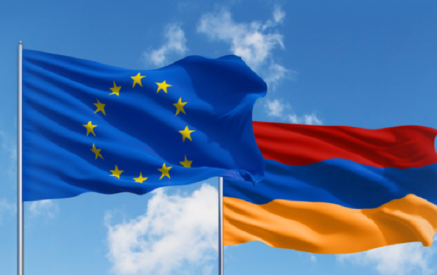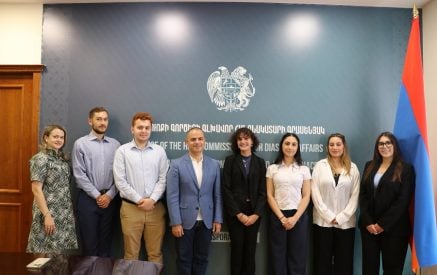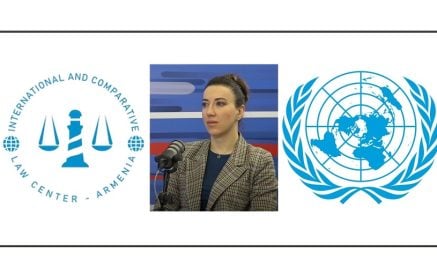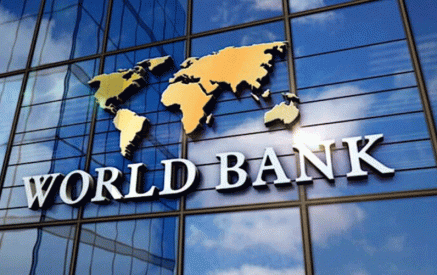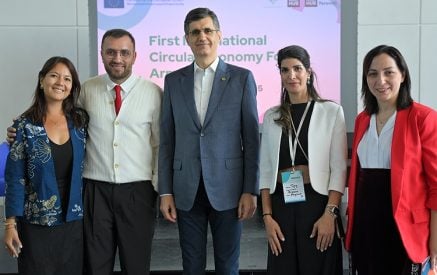Reindert Dekker, a seasoned expert of the Centre for the Promotion of Imports from developing countries (CBI), Director Development at Nutridiant company has coached a number of Armenian companies on export marketing with a focus on pricing strategy development. The training took place as part of the Ready to Trade project, implemented by the International Trade Centre with the support of the European Union. Since 2017 the project has taken significant action to boost the marketing capacity of the local companies by making them more competitive in the international markets. Aravot.am has talked to Mr. Dekker to find out what marketing strategies and tools can work best for boosting the Armenian exports.
– What are the current marketing trends in international markets and specifically in the EU and the USA in terms of branding, packaging and other aspects that should be considered for exports and sales?
Digital marketing is really important. It ensures your online presence through website, social media and outbound marketing of your company, just to mention some. I would recommend that you follow the latest marketing trends when creating online content to allow your customers to interact with your product. Storytelling is important, it is about how you package your commercial offer and how it can work in the digital environment. Buyers and consumers are looking for an experience and you need to offer that experience by guiding them into the history of your product/company. Use storytelling to communicate about your company, share its values, sustainability for instance, how it treats its employees, its position in the society, its stance on consumer health. Allow consumers to explore the story behind the company.
When it comes to storytelling and country branding approaches for promoting Armenian products, bottom-up would be the best strategy to consider. Having a few inspiring Armenian companies path the way to the market, will facilitate the access to market for other companies and will contribute to the country image.
Read also
– Many Armenian companies are looking to enter (or boost their exports) to the United Arab Emirates and China. What would you advise them to focus on when targeting these markets?
It very much depends on the company profile and the product. For example, the Asian market can be quite interesting for snacks and nuts, while the Middle East is not the most relevant market for wine. Understanding the market, local price levels, and logistics is key. It is hard to give a general recommendation but rather explore different markets, to see which market fits better for your product and your company culture. Also start exploring different options and see what works best for you. The US and Europe have well defined requirements with similar approaches in various areas. If you look at consumer growth then Asian market shows more growth. If you look at transparency European markets are fairly clear at rules, buyers are quite open, they communicate what they expect from you. In terms of doing businesses, price levels in the Middle East may not be that attractive for some product and at the same time requirements may be different. But what applies for one buyer doesn’t necessarily apply for the other. It depends very much on the market segment, if it is a direct consumer product, or an ingredient that needs to be further processed. Is it something that is produced locally or not? All this makes a difference.
-․ What would you advise first time exporters (SMEs)? What should they focus on? What kind of countries should they target? What kind of pricing strategy should they consider?
I think first of all you need to have a product that complies with the requirements of the market that you are entering․ If you don’t really understand the requirement it can be quite risky to start exporting․ First understand what is required from you in terms of product specification, what kind of packaging is allowed, labor requirement, certifications, that’s a starting point. You also need to understand that there is a higher risk fact involved for buyers to work with beginning exporters, which may reflect in the price or in the types of buyers you are attracting. It is always good to foresee the difficulties, there may be unforeseen elements in the process, so it is good to start with a buyer that fits with the profile of the company. It is very important to be well prepared, to have a good idea of your cost structure, understand how costs develop in time and how feasible it may be to provide the current price say in two months. Looking at the logistics, take into account the shipment duration and costs and what kind of risks are involved. Make sure you understand what certificates you need. Make sure there is a laboratory for product testing to make sure the product complies with the international standards. Make sure all product documentation is translated and have technical data sheets, invoices, all materials should have the required information.
– What would you advise businesses specifically in the food processing sector looking to export their products? What kind of pricing policy should they adopt to be competitive in international markets, especially in times of COVID-19 pandemic?
There are certain number of factors that you can control. Your own processing and production costs and the cost of the raw material in some cases can be controlled. The currency may be up and down. The biggest issue in the past period was not so much in the pricing strategy but more about availability of a product for shipment, having limited access to raw material. You need to do some scenario planning and forecast the potential risks, let’s say if the shipment costs go up by 200-300%, how will it impact the landed price. If you have a delay of four weeks, how will it impact the relationship with the buyer, if there is very limited raw material, how will it impact its cost, you can work with different scenarios and communicate them with potential customers. By forecasting the risks and anticipating the uncertainties in the market, at lease everyone can have a clear position on what could happen in the process. It also makes it easier for the buyer to understand the reasons why you cannot supply the product in accordance with the plan and it may take longer than anticipated and there might be some unforeseen costs. Of course, there are various categories. For instance, from a supermarket point of view there is less tolerance now than it was a year ago, so now we are seeing that a lot of retail chains are conferring heavy fines for delays in shipment which may go up to 50-60% of the cost of the purchase order. The fastest way to the market is with less people involved. It will make you more price competitive. If you have a good forecasting of what you need in terms of raw material and good historical data of how price develops in the course of time you can be more cost efficient in your sourcing as well.
-․ What kind of food is competitive for exports especially to the EU markets?
The largest categories of food not produced in the EU market – for instance, tropical fruits, nuts that don’t grow in the EU, dried fruits in general that are mainly imported from South America and Eastern Europe, herbs, spices, natural sweeteners, like honey, all natural ingredients either unprocessed or extracted, vegetable oils, olive oils are all in demand. You need to do a research to identify the marketing edge that makes a difference. If you have varieties of fruits or nuts that are different in size, texture, flavor and nutrition value, as well as have sufficient volume you can start communicating it to the market.
– What kind of packaging is currently competitive in the EU markets?
Packaging needs to be safe and protect the product, a plus would be either from recycled or at least recyclable materials. Less packaging is the trend for dried fruits and nuts. For example, a simple paper bag with freshly roasted nut/fruit mixes can be more premium than a fancy designed plastic doypack. If you have a trendier brand you need to make sure that it meets the market and brand identity requirements. In order to be unique in the market and effective in consumer engagement, you need to understand the local micro developments in the market.
-․ When it comes to export, volume is often an issue for Armenian producers. What do they need to capitalise on in this case?
It depends on the product, in most of the case you need to have a certain volume to become attractive, unless you combine different suppliers in one shipment or have niche products (for example organic products) that you can make smaller volumes. Even in this case you may be facing an issue of high shipment costs. To avoid these problems you need to either target local markets or select those that are nearby and understand the culture where the risks are really lower. The reality is that not every company needs to be a successful exporter. It is important to be realistic. You need to have volume, invest in quality, better equipment, new competitive packaging, if you don’t have a very professional plan and can’t invest in growth there are fewer chances to be competitive on an international scale.
A. Karapetyan



